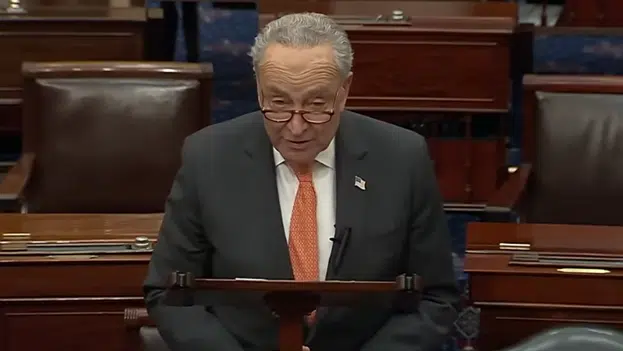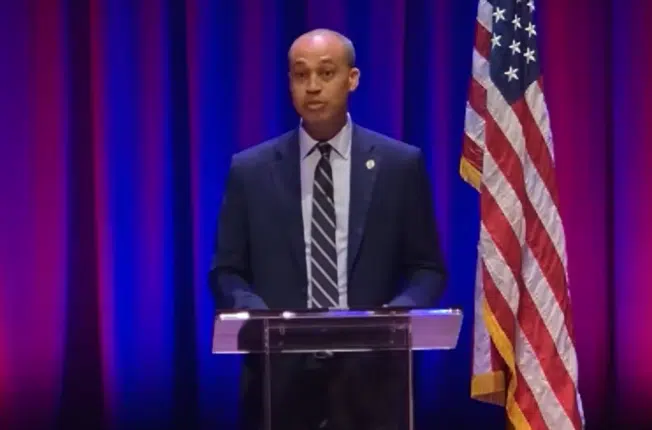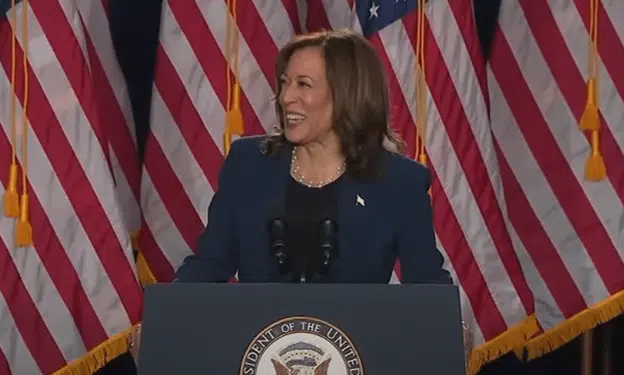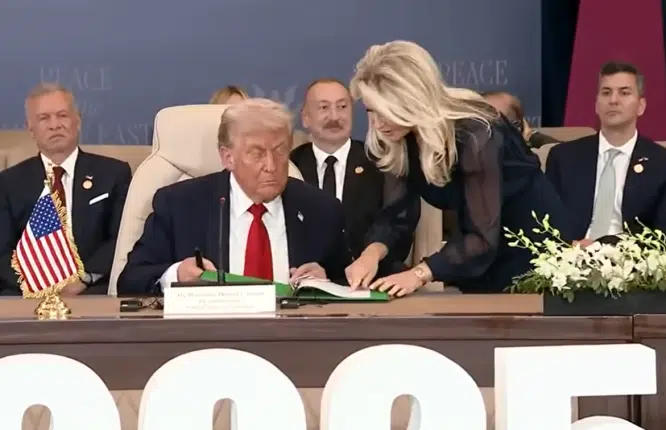The stimulus worked! Just not here.
The irony for central planners never seems to cease. The U.S. and other developed nations, by spending and printing too much money — designed to fuel their own economies — are instead stimulating growth and inflation in emerging economies like China, India, and Brazil.
So reports Andy Xie at Marketwatch: “The deflation scare causes the central banks in the developed economies to sustain a loose monetary policy. It will fuel inflation in emerging economies. Through trade, currency markets, and ultimately inflationary expectations, inflation will hit developed economies.”
So, contrary to conventional wisdom, emerging markets are not hurting from the U.S. financial meltdown and debt crisis. They are feeding off of it.
While the U.S. has seen slowing growth at an anemic 1.6 percent rate, China has seen a more-than-robust growth rate over 10 percent. India and Brazil both report 8.8 percent growth. India’s inflation rate is 11.25 percent after spiking at over 16 percent this year. Brazil is at 4.49 percent, and China’s rate is steadily rising too at a probably underreported 3.5 percent.
Xie calls it “stimulus leakage.” Essentially, because of globalization, the easy money will go to where physical demand is hot. There is no requirement that newly printed dollars be invested domestically. Critics of the monetary and fiscal “stimulus” warned that it would fuel inflation, and it has — overseas. And sooner or later, those inflationary forces will come back home, warns Xie.
It may already have begun. According to the CNBC host Larry Kudlow, “The CPI over the past year is up 1.1 percent. Producer prices paid by businesses are up 3.1 percent. And import prices are rising 4.1 percent.” Particularly, rising import prices helps explain overseas growth. Even though the prices of foreign goods are rising, U.S. consumers are still buying them, thus stimulating those economies overseas.
Moreover, with gold at an all-time high of about $1,300 an ounce, and other commodities like food rising rapidly, plus the dollar sinking, it is clear that those who have warned about deflation have missed the mark. Yes, there are deflationary forces, for example in the housing market, but falling home prices appear to be largely corrective from the housing bubble and have not brought about sinking prices in other assets.
Instead, a flight to relative safety has occurred. In addition to gold, government-backed debt and securities have seen a rise, including mortgage-backed securities and treasuries. So, besides overseas economies, one of the primary beneficiaries of the easy money “stimulus” has been government. Go figure.
As explained by Congresswoman Kathy McMorris Rodgers writing for Forbes, “Since 2008 the Fed has kept short-term interest rates at nearly 0 percent and bought about $1.4 trillion in mortgage-linked securities and debts. The main reason for these policies is to stimulate borrowing in the private sector, including — whenever necessary — shifting the cost of toxic assets from Wall Street to the taxpayer.”
McMorris Rodgers continues, “This hasn’t worked, however. In the second quarter of 2010, for instance, bank lending dropped by $96 billion, even while bank profits surged by $22 billion. This seems counterintuitive, but there’s a strange logic to it: With the private sector engulfed in so much uncertainty because of the government’s spending, borrowing, and bailouts, banks are reducing credit to businesses, while increasing their purchase of government debt. The banks take in low-cost funds from the Fed and then lend it back to the government at a higher rate. This produces a small profit that — when done on a large enough scale — can become quite lucrative, indeed.”
So, another “asset” that has seen expansion in the U.S. has been government debt. This too has stimulated overseas investors, with so much foreign investment in U.S. treasuries. According to the U.S. Treasury, about $4.065 trillion of the national debt is held overseas, 30 percent of the total $13.4 trillion debt. That means almost a third of all interest paid on the debt goes overseas.
Right now, the White House Office of Management and Budget says total interest payments are currently $188 billion annually. But by 2020, annual interest payments will rise to $840 billion, much of which will be to foreign investors.
So, the more government grows, the more wealth is transferred overseas every year — and the more those emerging economies will grow. When combined with the trade deficit, by the end of the decade, it will be more than half a trillion dollars every year being transferred overseas.
As that occurs, the U.S. has little choice but to inflate the currency to just to keep dollars in circulation domestically, since it has done little to encourage investment and capital creation. It has the second highest corporate tax rate in the world, making the nation is globally uncompetitive. Policy makers are not encouraging domestic investment from overseas, except to soak us. These trends will not be easy to reverse, but it is clear they must be brought into balance if Americans are to keep their standard of living, find new jobs, and continue to be a prosperous economy.
Congress must reduce taxes to encourage investment and job creation here in the U.S., and simultaneously begin paying off the debt. At the same time, it must discontinue its ultra-easy monetary policies. In the global marketplace, the “stimulus” is only funding emerging markets that are already white-hot when growth needs to be incentivized here at home.
Bill Wilson is the President of Americans for Limited Government.







